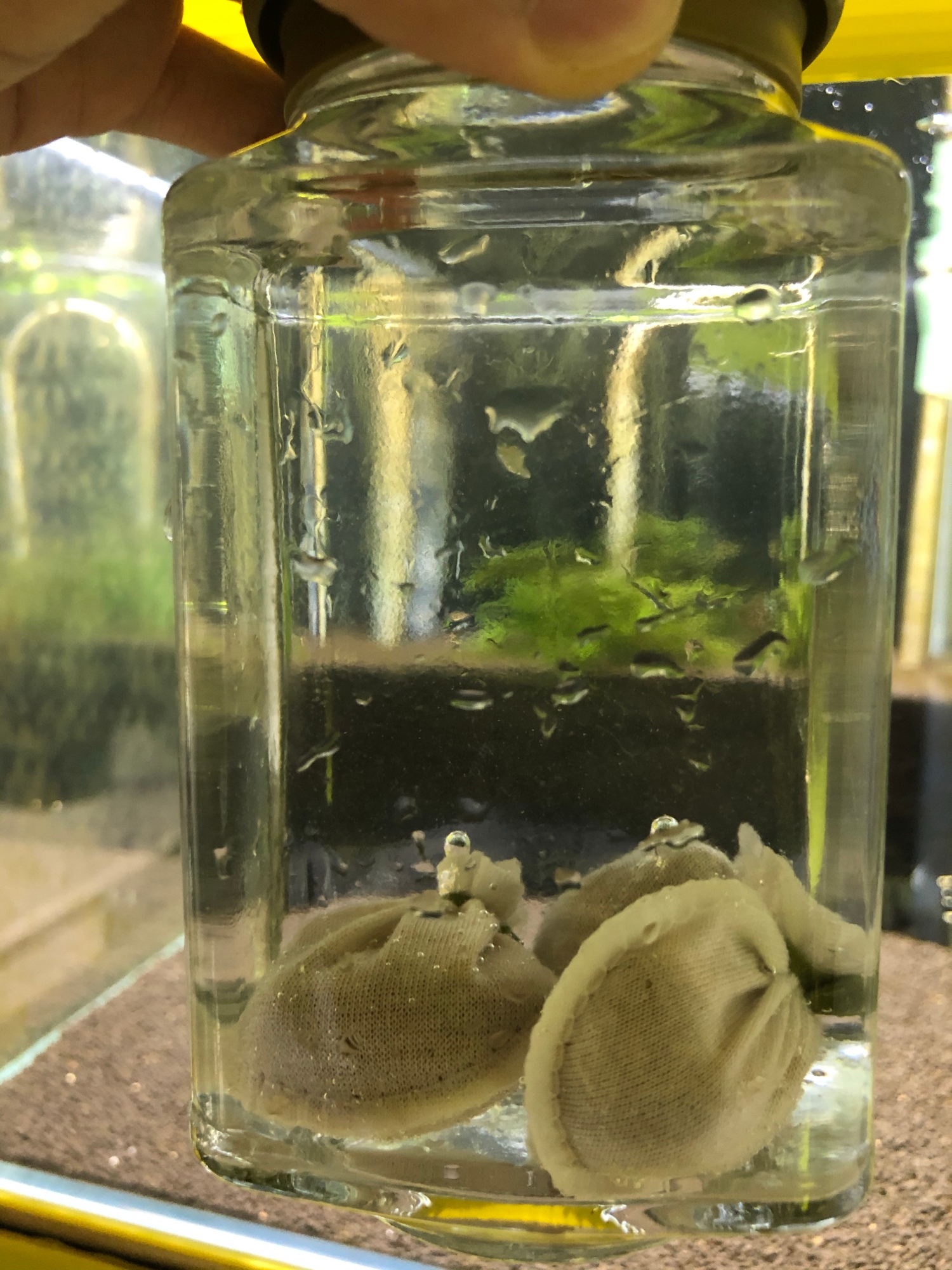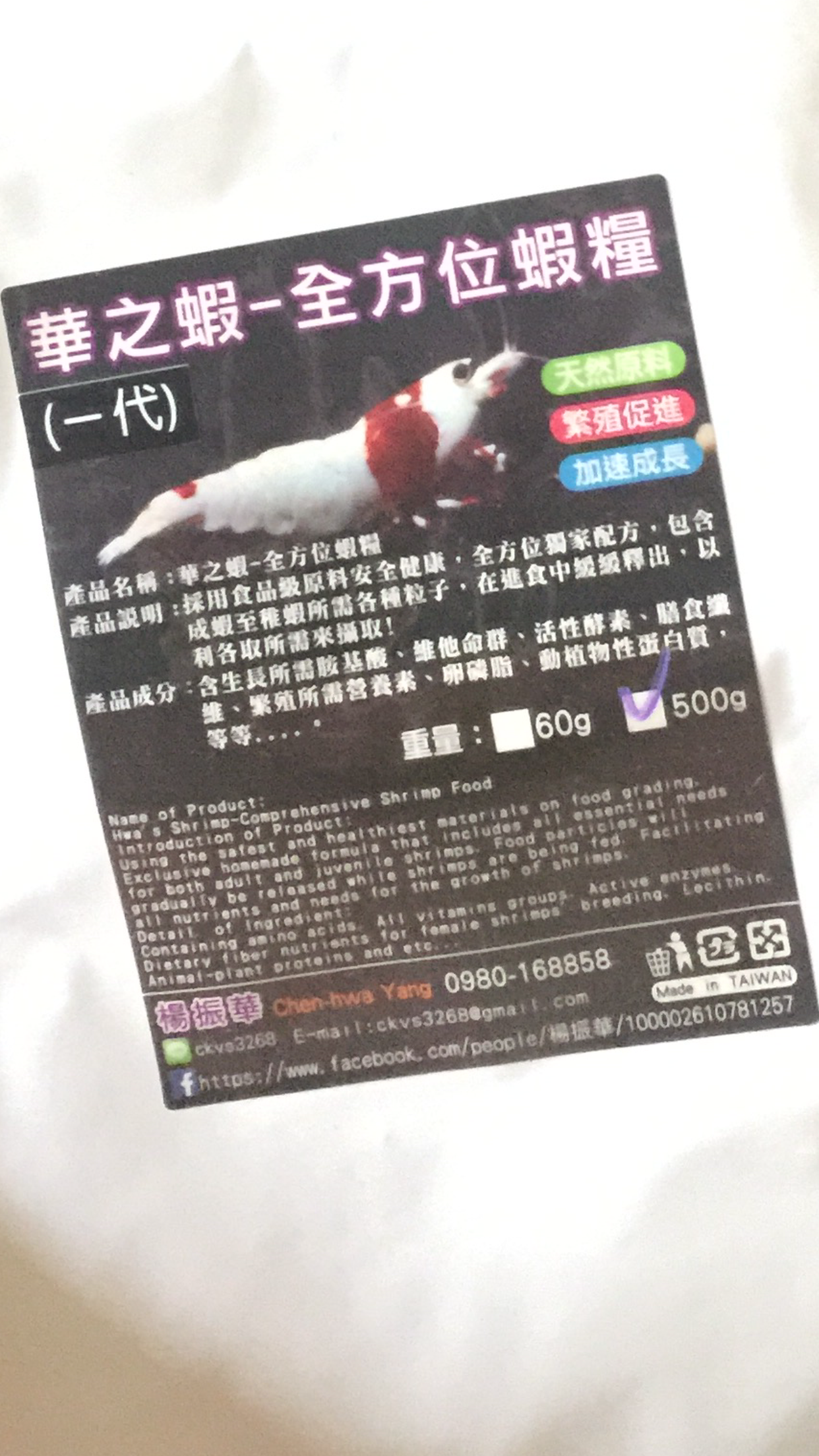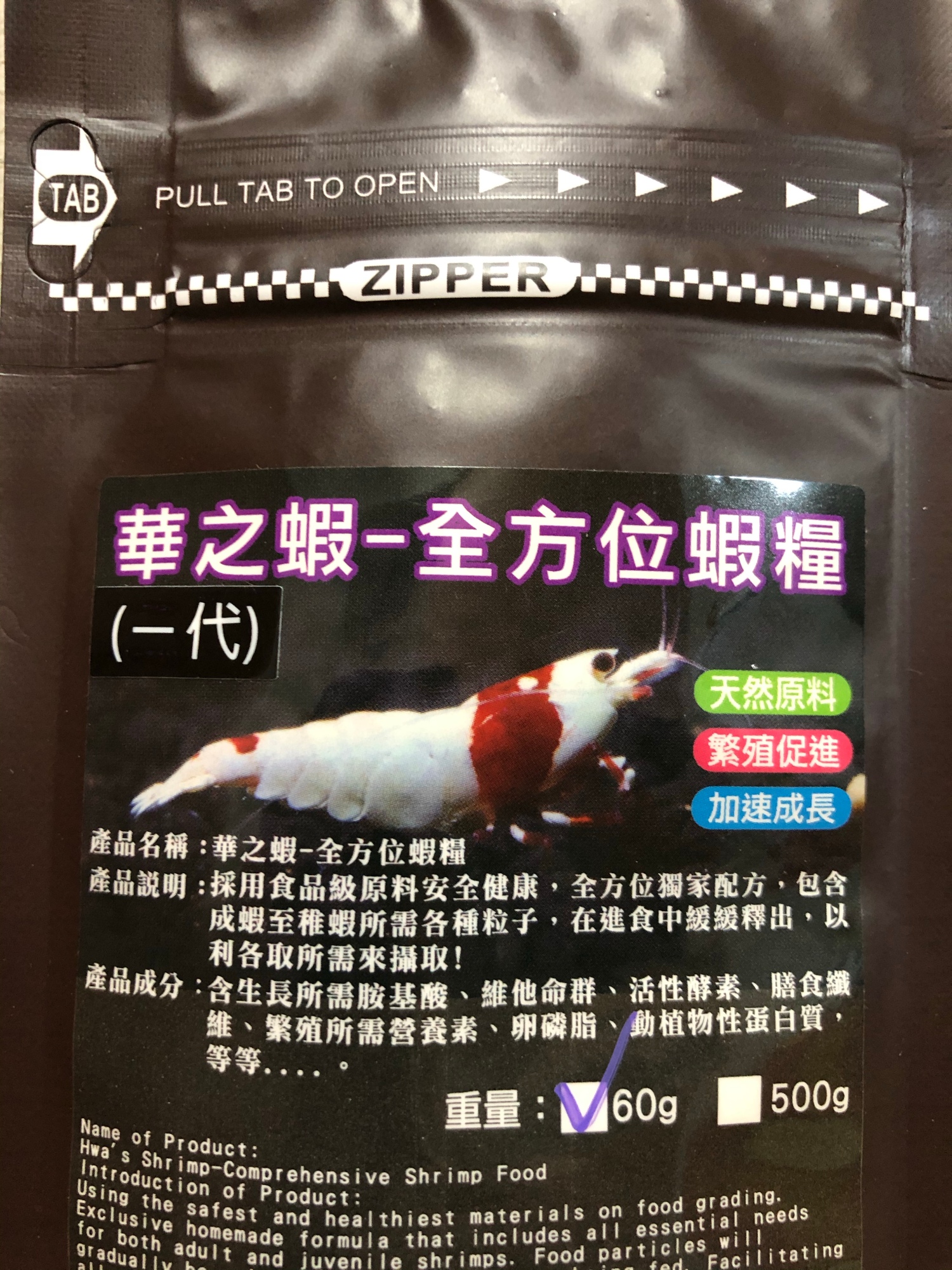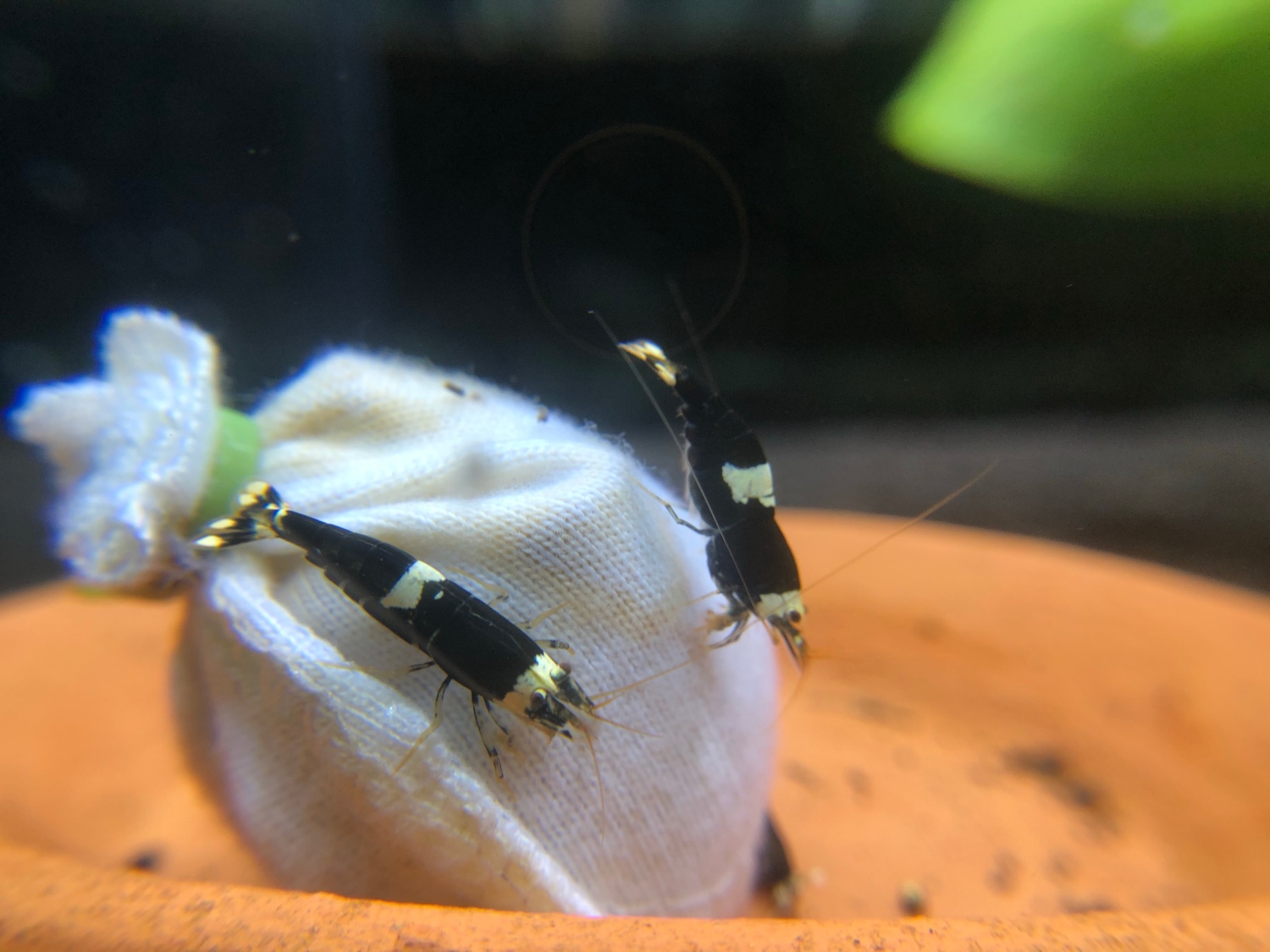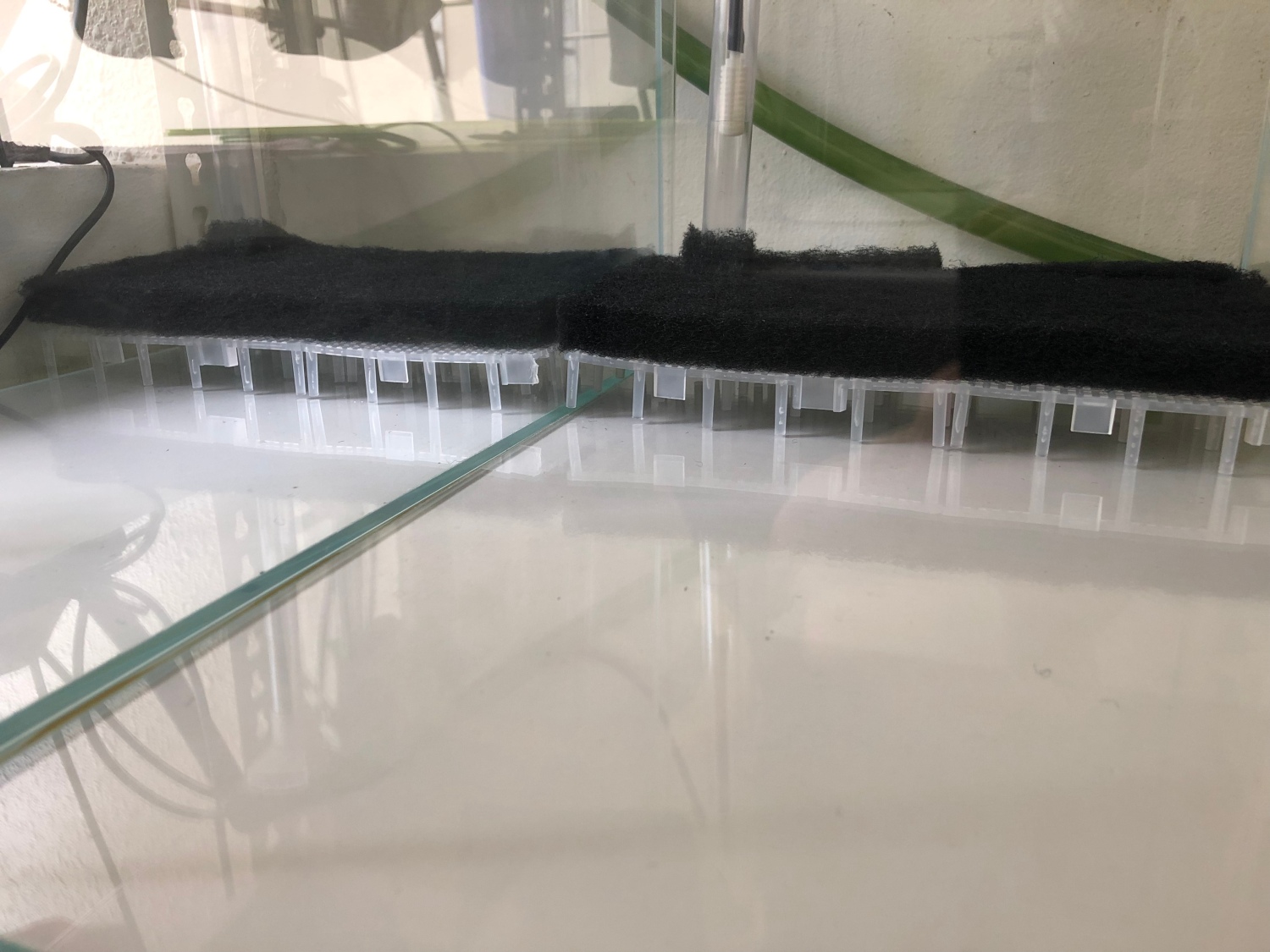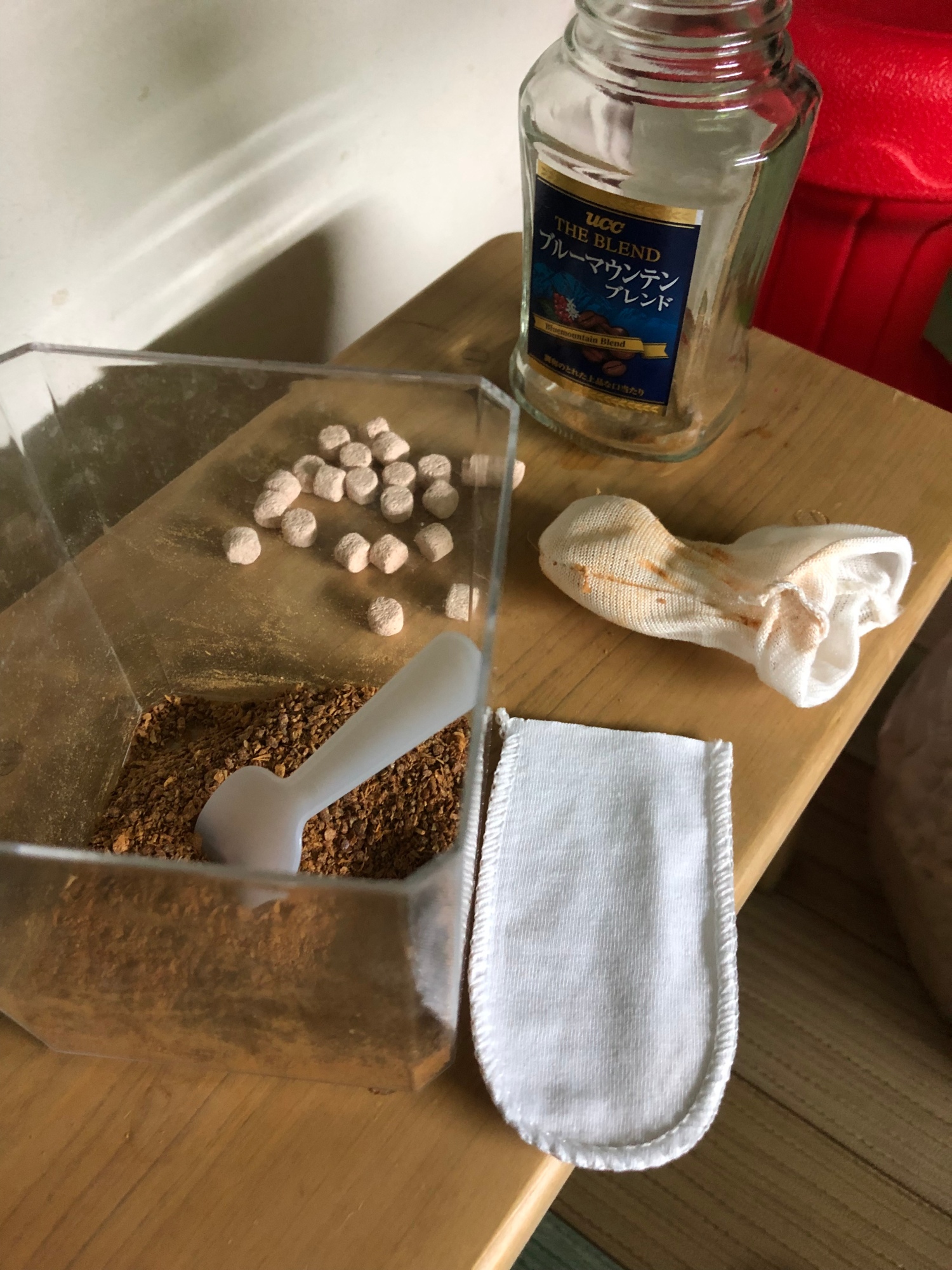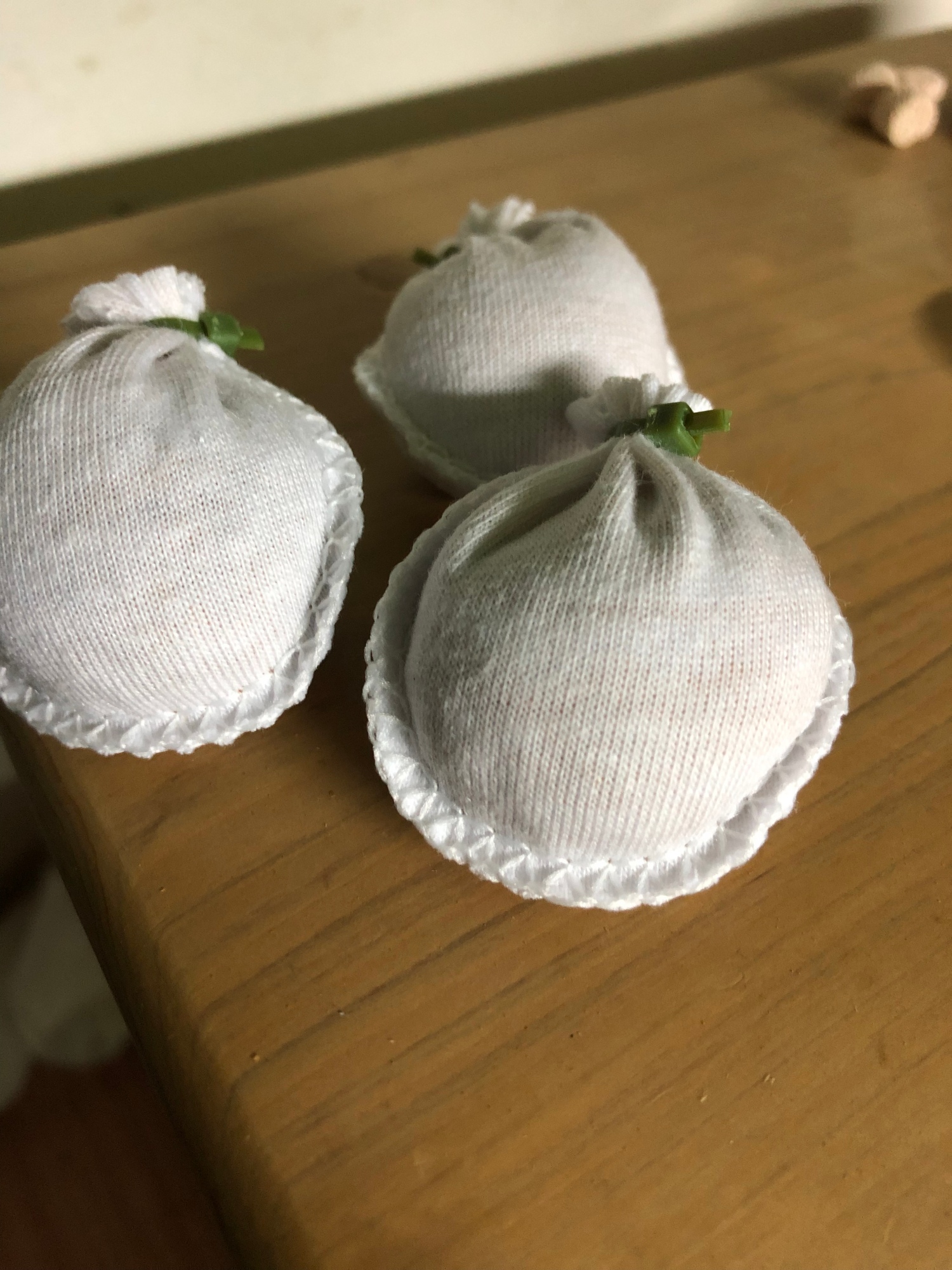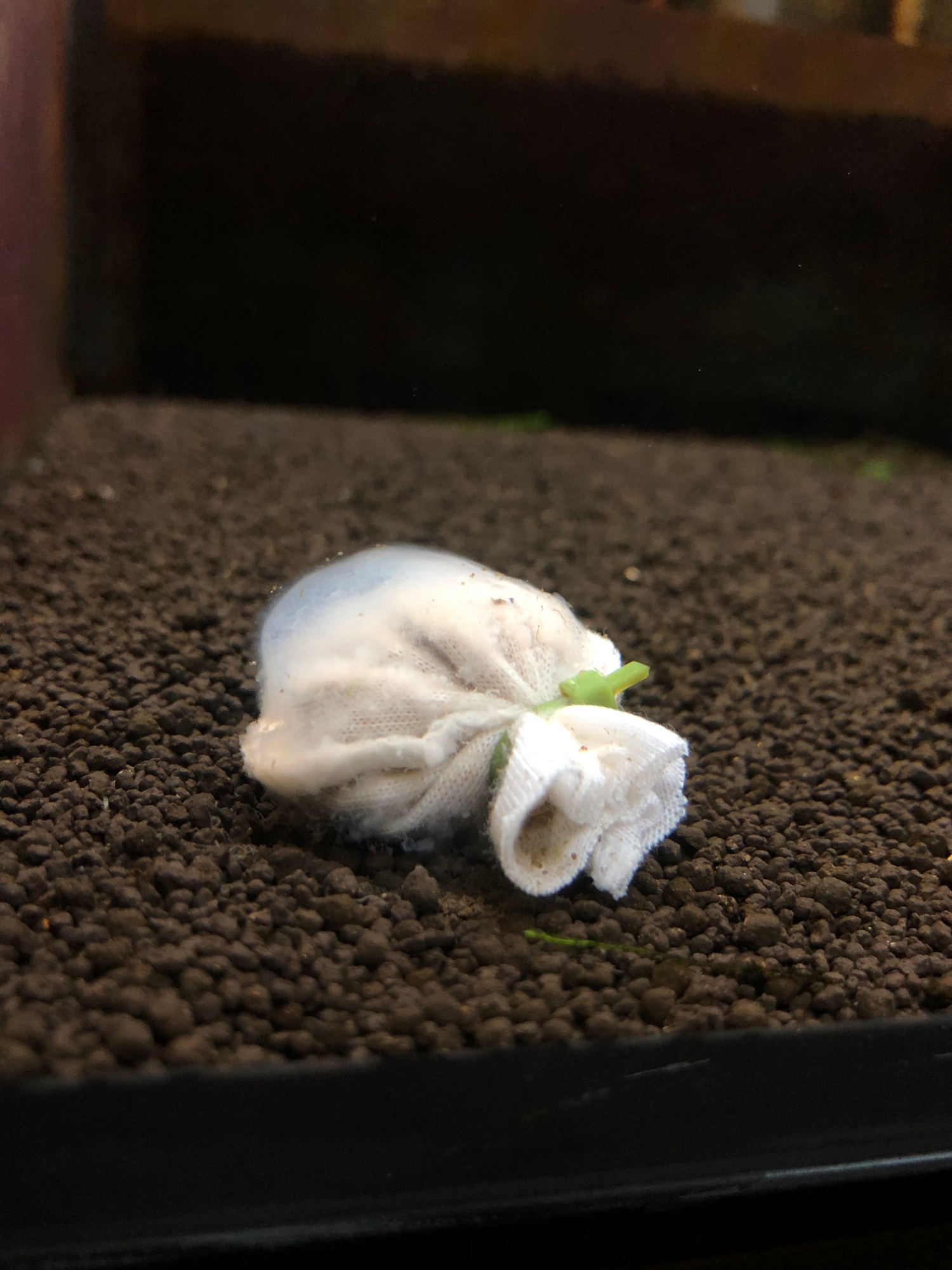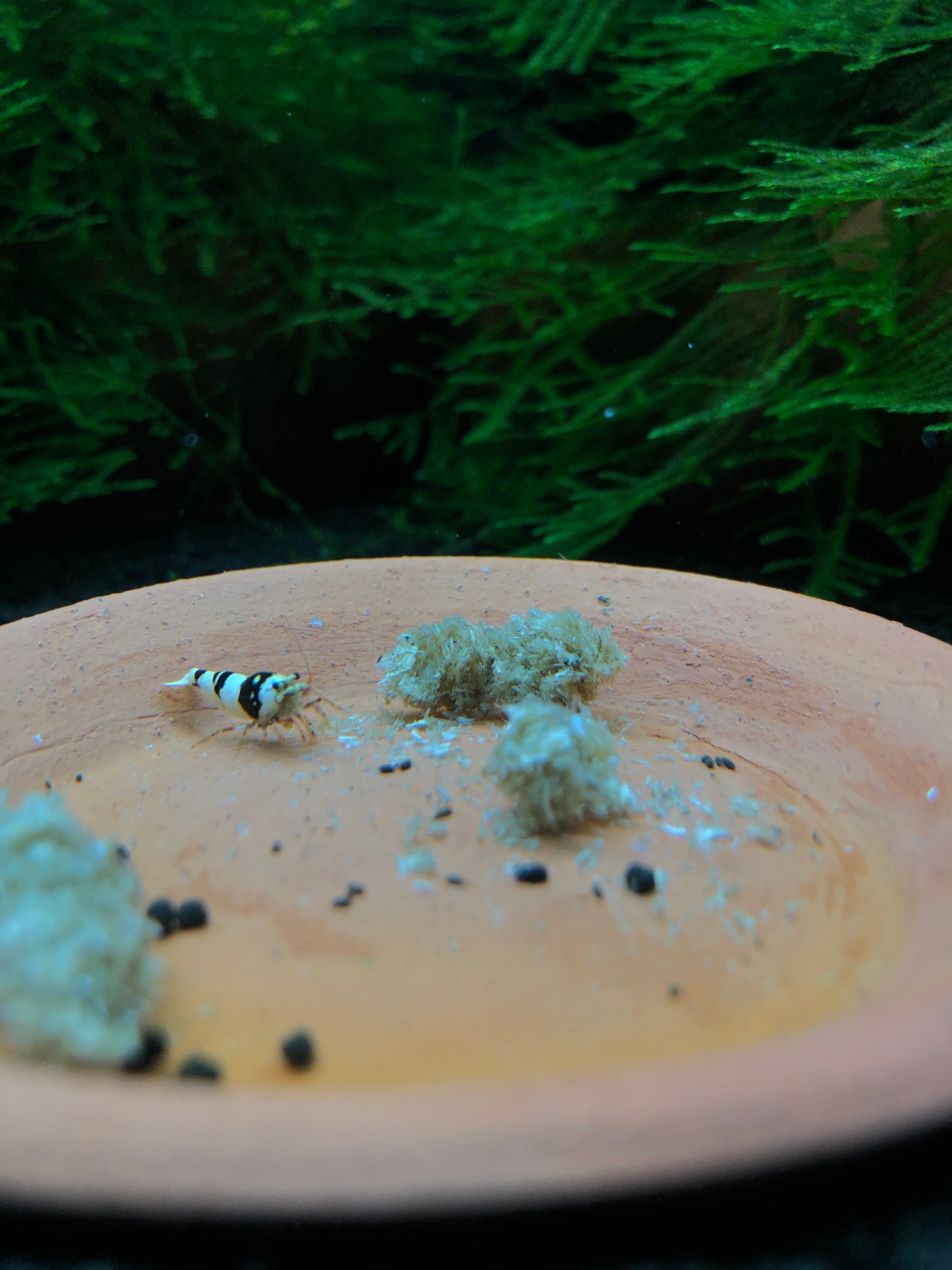Thank you for the recommendation avid readers! Please keep them coming so that I can keep writing topics that are of interest. For this blog post, I’ll be touching on the trends of Shrimp keeping in Singapore and you can be the judge on how that differs from your region and or similar.
· Black fancy tiger
· Red fancy tiger
· Boa
· Golden eye tigers or King Kong


These 4 are predominately the trend in Singapore right now but given the small number of serious hobbyists there isn’t a lot being spread among the shrimp. Not forgetting that PRL and PBL continue to remain as a classic and a main stay among the shrimps, this is still very popular for beginners and serious shrimpers!
For the Neocaridina family, the Fire red, bloody Mary, Yellow Golden back are also very popular among the general hobbyist as they are less expensive and easy to take care without the need for a chiller, RODI water, so on and so forth.
Coming back to the trend in Singapore, it follows quite closely with Taiwan. One of the reasons is because we are situated geographically quite near Taiwan. A 4.5 hour flight will bring us to the heart of Shrimp heaven. Count our blessing!
The trend in Taiwan from King Kong to Galaxy to Galaxy Fishbone has also brought waves of strong enthusiasm among hobbyist however it wasn’t quite long before the King Kong were mass produce. From Taiwan’s perspective anything that is easy to breed, easy to keep will not be able to hold their prices for long. For the hobbyist this is good news!
On the flip side, any shrimp that requires crossing and selective breeding will continue to command a higher price. How do we determine if the prices of shrimp will maintain or drop and this is one of the most critical factor that drives market trend.
Innovators and Early adopters are willing to spend top dollar on premium shrimp to breed for own keep or for investment. The Early and Late Majority being the main bulk of hobbyist will generally be the next to adopt and the Laggards are the last to follow the trend. Taking Black fancy tiger for example, due to it’s difficulty in breeding and keeping, the barrier to entry for hobbyist to adopt gets later and later. One important aspect is due to the stability and price. Hence, there are many Taiwanese and even Singapore breeders who take short cut by mixing shrimp to make it look good for a generation and eventually breed undesirable traits. Like in many Taiwan Youtube broadcast, it is also mentioned the difficulty of stabilizing the shrimp is when the prices will continue to remain high. If it’s easy to stabilize within a year, the prices will plummet. For example any tiger stripe and pattern will be difficult to stabilize and hence continue to remain high. Any King Kong gene, galaxy, galaxy tiger, galaxy etc will be cheaper compare to Black Fancy Tiger for example.

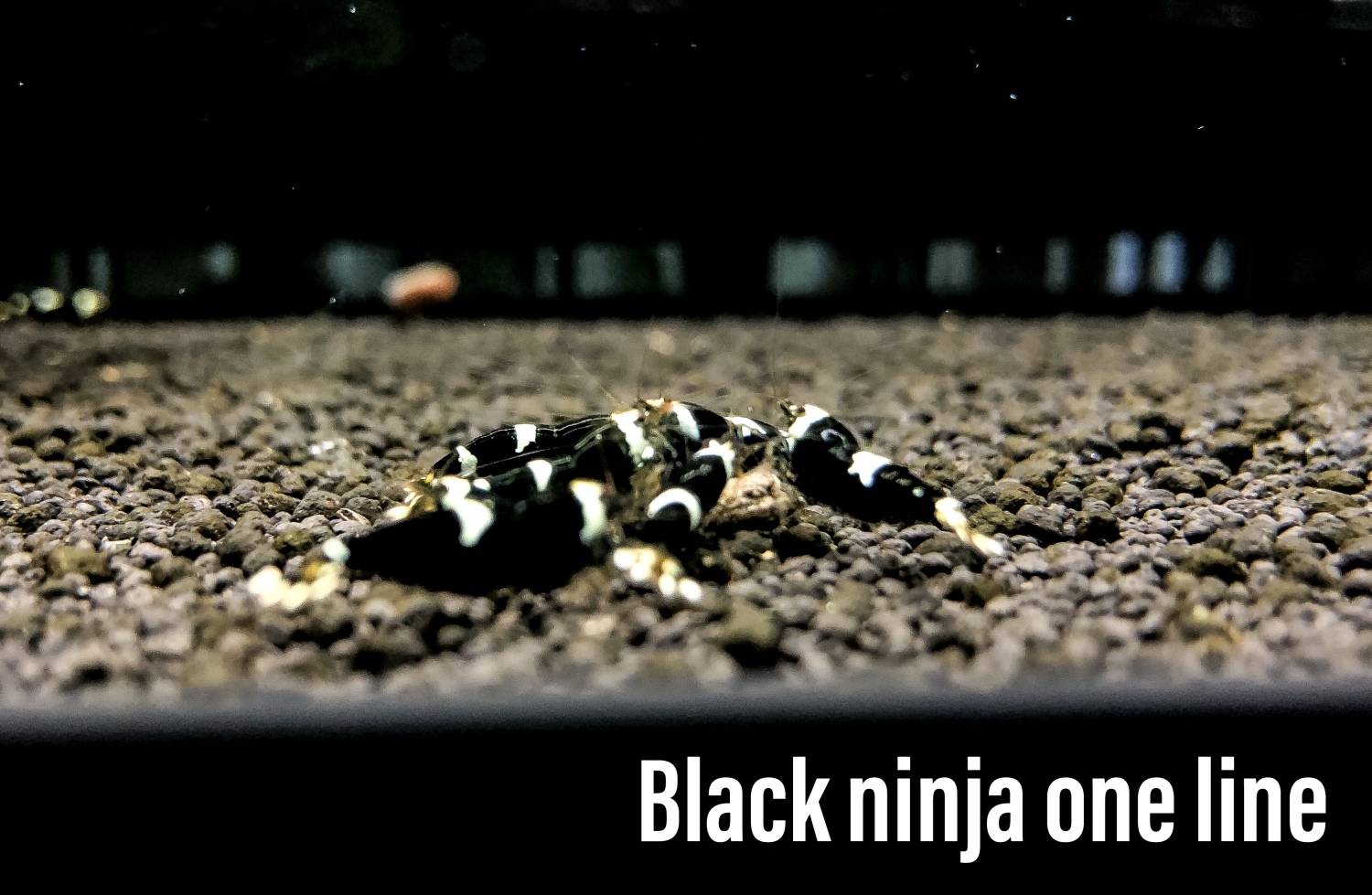
On the next point I would like to touch on shrimp detractors and promotors.
Detractors of Shrimp keeping example:
· Hobbyist K purchase shrimp from Breeder X
· Hobbyist K breed a fair number of shrimp from Breeder X
· Trader L purchases 10 bred shrimp from Hobbyist K.
· Trader L in future claim that his 100 shrimps are F1/F2 of Breeder X.
· Hobbyist A purchase from Trader L 10 shrimps and sold as shrimps from Breeder X.
Question:
-What is the probability of Hobbyist K mixing other shrimp to breed?
-What is the probability of Trader L mixing shrimp to breed?
-What is the probability of Trader L telling Hobbyist A to get direct from Breeder X if Hobbyist A wants a top-grade shrimp?
-What is the probability of Hobbyist A getting a good shrimp?
If there is even a 1% probability on the first question, the probability increases exponentially by the time it reaches Hobbyist A. This happens quite frequently in Singapore and it kills the trend and hobbyist of their interest. What could have been better?
Promotors of Shrimp keeping example:
· Hobbyist K purchase shrimp from Breeder X
· Hobbyist K encourages Hobbyist A to purchase direct from Breeder X and encourage Hobbyist A to visit breeder X.
· Hobbyist K being a promotor of Breeder X will cut away the Trader L resulting in Hobbyist A having access to breeder X Shrimp.
For us in Singapore, it is fairly accessible to Taiwan hence the promotor of shrimp keeping should be adopted, and I want to hear from those overseas what are some of the pain points you guys and gals experience!

